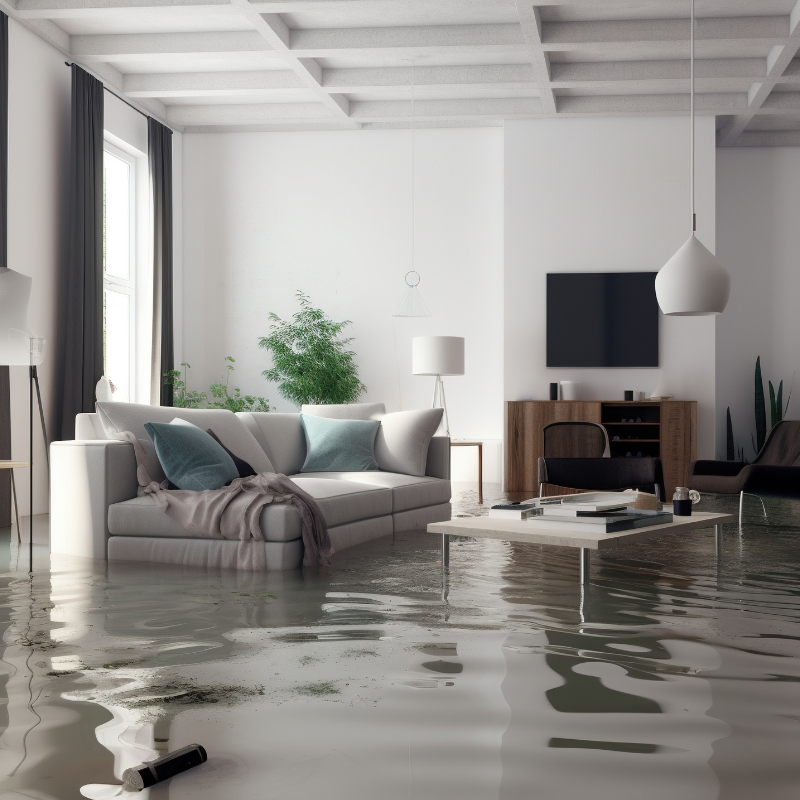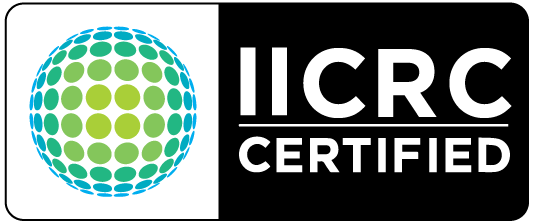When water seeps into a home or business, it can do more than just dampen carpets and walls. It has the potential to weaken structural components, ruin flooring, and destroy belongings that hold both financial and sentimental value. Left untreated, it can create conditions that compromise the comfort and livability of a space. Quick action is key, because moisture can travel far beyond what’s visible to the eye, soaking into drywall, flooring layers, and even the wooden framework of a building. The longer it lingers, the more complicated the recovery process becomes. Addressing these problems promptly not only saves time but also helps reduce the risk of secondary issues like mold growth, unpleasant odors, and gradual deterioration of materials.
Water-related incidents often happen suddenly—whether due to burst pipes, appliance failures, roof leaks, or flooding from storms. The first hours after discovery are critical, and that’s why professional intervention makes such a difference. Specialized tools and methods are used to detect hidden moisture, remove damaged materials, and bring the structure back to a stable condition. The goal is not just to clean up the immediate mess but to restore comfort, security, and usability to the property.
Removing Damaged Materials
One of the most crucial steps in the cleanup process involves taking out materials that have been compromised. Water has a way of permanently altering drywall, insulation, carpeting, and even wood finishes. Once saturation reaches a certain point, these items can’t be salvaged and need to be removed to prevent further complications. Furniture, cabinetry, and personal belongings may also be impacted. The sooner these are identified and removed, the easier it becomes to preserve what remains intact.
Removing compromised materials also allows professionals to get a clear view of the full scope of the intrusion. For instance, drywall may look fine on the surface but could be soaked within. Pulling it away exposes the underlying studs and insulation, which can then be treated properly. Flooring often requires similar attention; carpet padding may be thrown out, while subflooring is carefully inspected for swelling or delamination. This stage isn’t just about discarding items—it’s about creating the foundation for effective recovery. Without taking this step, moisture might remain trapped and cause ongoing problems down the road.
Structural Drying And Moisture Control
Once the damaged materials are cleared out, the focus shifts to completely drying out the building itself. Moisture doesn’t only sit on surfaces; it seeps deep into the structure, often reaching deep into hidden spaces. Left untreated, this dampness can eventually the integrity of walls, flooring, and ceilings. That’s why professional-grade equipment such as high-capacity dehumidifiers, air movers, and specialized monitoring tools are brought in to draw out lingering water.
This stage can last anywhere from several hours to multiple days, depending on how severe the situation is and how deep the water has penetrated. It’s an extended process that requires careful monitoring because drying too quickly or unevenly can lead to warping, cracking, or other structural issues. By controlling the airflow and humidity levels, our specialists ensure that moisture is pulled from every layer. In some cases, advanced infrared imaging is used to check behind walls or under flooring, confirming that moisture isn’t hiding where it could later cause mold to flourish. Proper drying is the backbone of recovery—without it, rebuilding is premature and potentially problematic.
Full Rebuilding And Restoration Of Property
After drying is complete, the attention shifts to restoring the space to its original condition—or even improving it where possible. This stage is when new flooring, drywall, ceilings, and cabinetry are installed, transforming what once looked ruined into something whole again. It’s not just about replacing what was lost; it’s about bringing back comfort, livability, and visual appeal. Whether it’s refinishing floors, reinstalling trim, or repairing structural components, this phase ensures the property doesn’t just recover but feels complete again.
Rebuilding also provides an opportunity to upgrade certain elements. For example, newer materials may be more durable or better suited to resist moisture in the future. Kitchens and bathrooms are often enhanced with moisture-resistant finishes, and in some cases, layouts are reimagined to make better use of the space. Attention to detail during this process gives property owners confidence that their home or business won’t just return to normal, but will be equipped with improvements that enhance long-term value. This is the stage where the before-and-after transformation truly becomes visible, turning an overwhelming experience into a positive outcome.
Experiencing water damage can feel devastating, but with the right expertise, it doesn’t have to mean permanent loss. From the removal of ruined materials to the careful drying of the structure and the final rebuilding of damaged areas, the entire process is designed to restore stability and comfort as quickly as possible. Every step is approached with the goal of returning properties to a condition where they can once again be lived in, worked in, and enjoyed. If your home or business has been impacted and you’re unsure of what to do next, contact Cleaner Guys today to learn more about our water damage restoration services and get immediate assistance.
Frequently Asked Questions About Water Damage Restoration
Q1. How quickly should I respond after discovering water damage in my property?
A1. The sooner you act, the better the outcome tends to be. Water has a way of spreading beyond what’s visible—into subfloors, wall cavities, and even structural supports. Acting promptly reduces the likelihood of secondary problems like mildew, unpleasant odors, and structural weakening. Professional services are often called within hours of discovery, since specialized equipment can halt the spread before it becomes more complicated and costly to repair.
Q2. What does the drying process involve, and why is it necessary?
A2. Drying goes far beyond simply airing out a room. Industrial dehumidifiers, high-powered fans, and moisture detection tools are used to remove hidden dampness from behind walls, under flooring, and within ceilings. This step is essential because even a small amount of lingering moisture can compromise building materials over time. Controlled drying helps protect the integrity of the property and ensures the space is truly ready for rebuilding.
Q3. Can my property be restored to its original condition after major water damage?
A3. In most cases, yes. Once the structure has been dried and stabilized, rebuilding can return the property to its pre-damage state—or even better. Fresh drywall, flooring, cabinetry, and finishes can not only replace what was lost but also offer opportunities for upgrades that improve both durability and appearance. Many clients are surprised at how much their property feels renewed after the process is complete.



